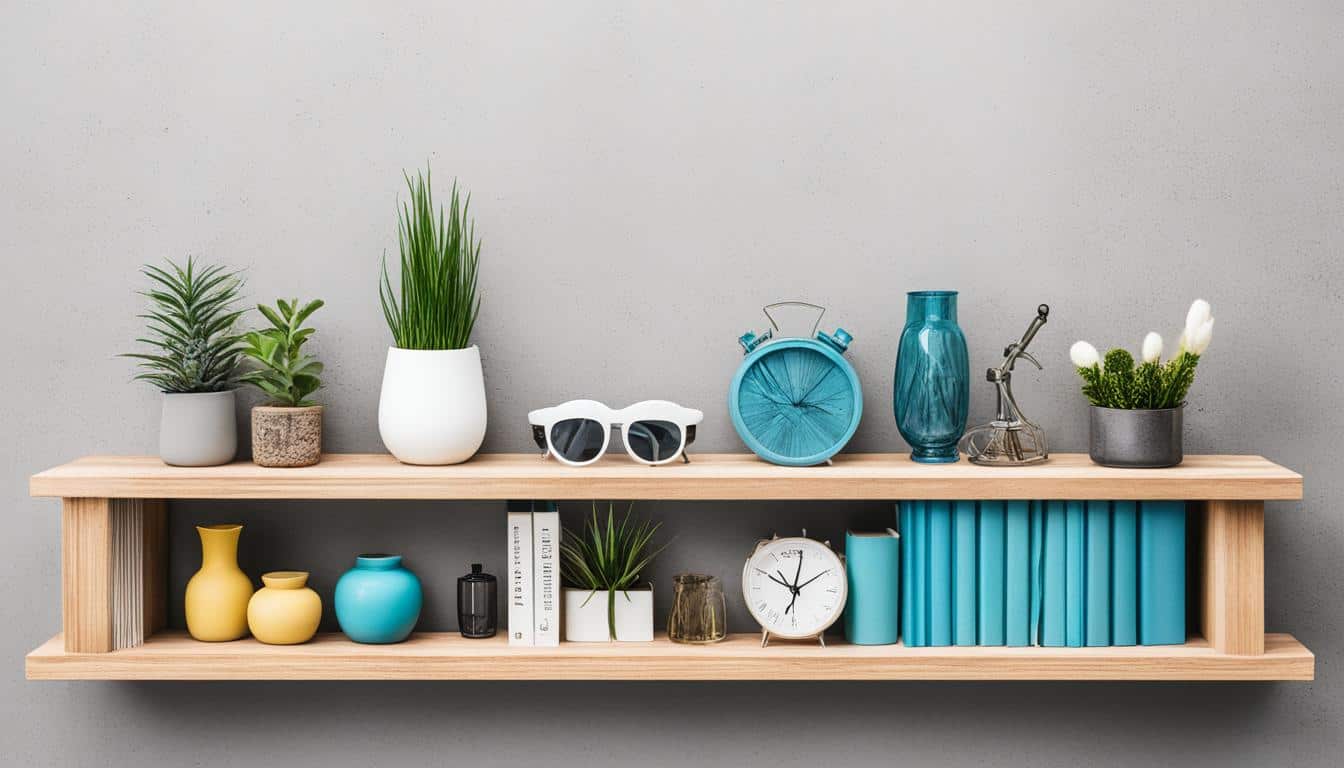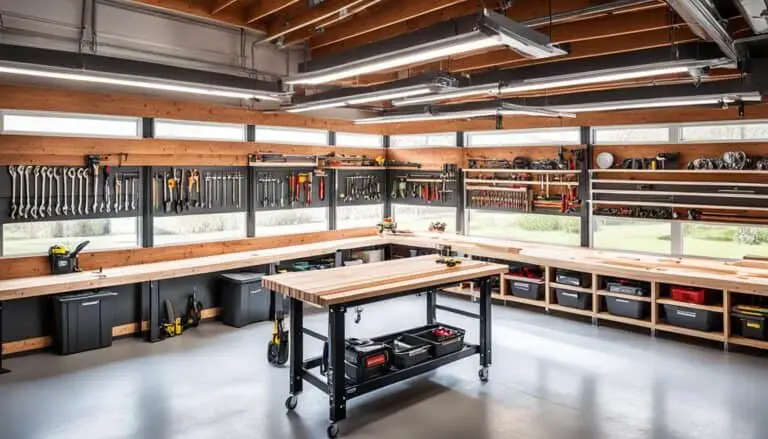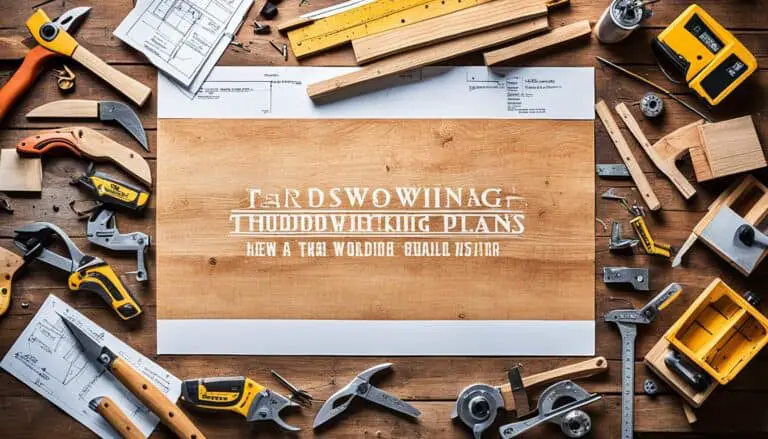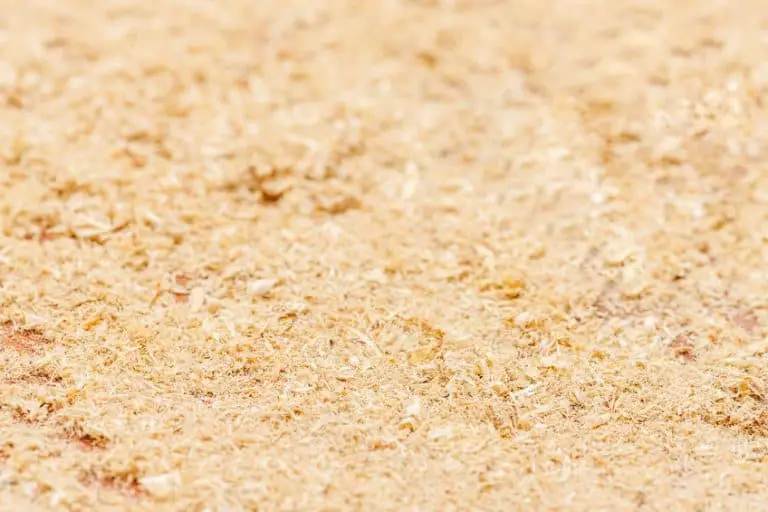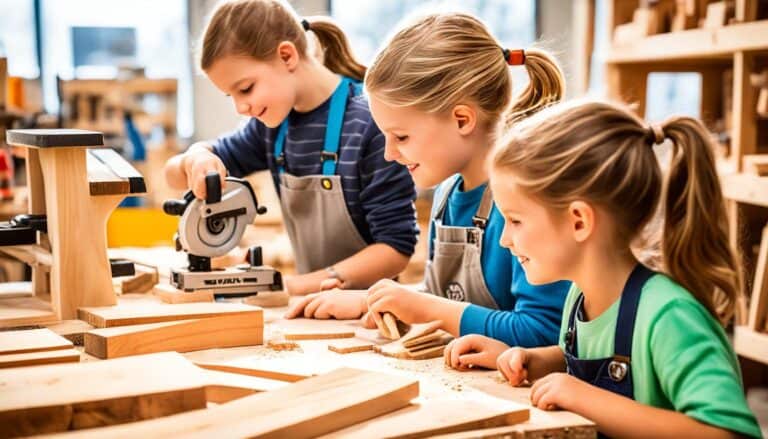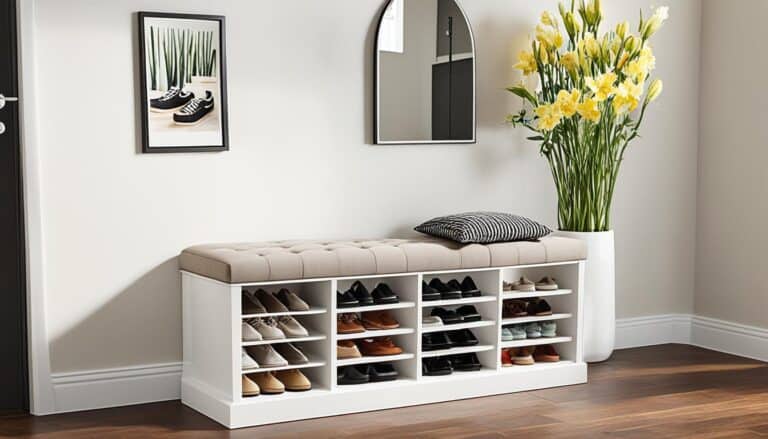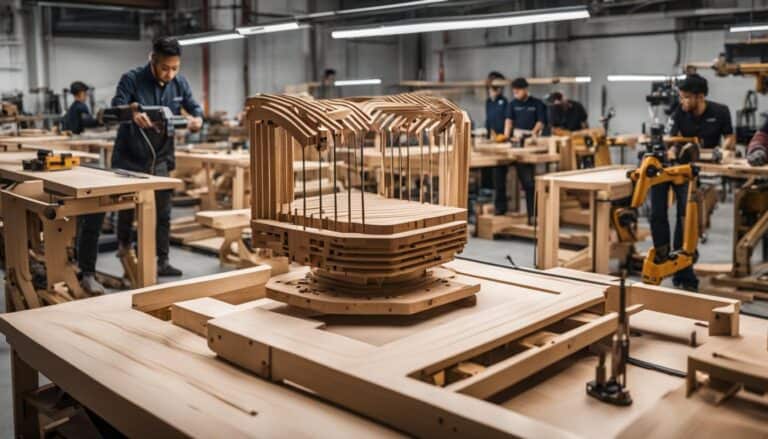Have you ever wondered what exactly common board is and what it’s used for? Is it the same as plywood or MDF? Or is there something unique about this wood material that sets it apart?
In this quick guide, we will delve into the world of common board, exploring its definition, characteristics, uses, advantages, and disadvantages. By the end, you’ll have a comprehensive understanding of this versatile wood material and its applications in construction and DIY projects.
Key Takeaways:
- Common board is a type of wood material commonly used in construction and woodworking projects.
- It is typically made from softwood, such as pine or fir, and is known for its affordability and availability.
- Common board can be used for both structural and non-structural purposes, such as framing and paneling.
- It has advantages, such as affordability and versatility, but also potential disadvantages, such as susceptibility to warping.
- Throughout this guide, we will explore various aspects of common board and its practical uses.
What is Common Board?
Common board is a widely used wood material that is popular in construction and woodworking projects. It is primarily made from softwood, such as pine or fir, and is known for its affordability and availability.
Common board serves various purposes in both structural and non-structural applications. It is commonly used for framing, providing stability and support in construction projects. Additionally, common board finds its use in non-structural applications like paneling and trim, adding aesthetic appeal to homes and buildings.
It’s important to note that common board differs from plywood or MDF (medium-density fiberboard) as it’s a solid wood product, offering durability and strength.
Key Characteristics of Common Board:
- Primarily made from softwood, such as pine or fir
- Affordable and easily accessible
- Used for both structural and non-structural purposes
- Not the same as plywood or MDF, as it is a solid wood product
Common board’s versatility and affordability make it a popular choice for builders, contractors, and DIY enthusiasts alike. It provides a cost-effective solution for various projects without compromising quality.
“Common board is a versatile wood material that offers stability and aesthetic appeal in construction and woodworking projects.”
| Feature | Common Board | Plywood | MDF |
|---|---|---|---|
| Material | Softwood | Thin layers of wood veneer | Compressed wood fibers |
| Strength and Durability | Good | Good | Fair |
| Affordability | Highly affordable | Varies based on grade and type | Affordable |
| Applications | Structural framing, paneling, trim | Versatile, used in various applications | Usable for furniture, cabinetry, etc. |
Common Board Definition
The definition of common board can vary slightly depending on the context. In general, common board refers to a type of wood material that is commonly available and affordable. It is typically made from softwood, such as pine or fir, and is used for various construction and woodworking projects. Common board is known for its versatility and ease of use, making it a popular choice among DIY enthusiasts and professionals alike.
Common board is a widely used term in the woodworking industry. It is a type of lumber that is readily accessible and cost-effective, making it suitable for a variety of projects. Whether you’re constructing furniture, building cabinets, or creating decorative pieces, common board serves as a reliable material that can meet your needs.
This type of board is typically manufactured from softwood trees like pine and fir. Softwoods are known for their quick growth, making them more abundant and affordable compared to hardwoods. The availability of common board ensures that it is widely accessible to both professionals and hobbyists.
“Common board is a versatile material that can be used for a myriad of projects. Its affordability and accessibility make it a popular choice among woodworking enthusiasts.”
Common Board Uses
Common board is a versatile wood material that finds wide applications in construction and woodworking projects. Whether you’re a professional builder or a DIY enthusiast, common board offers numerous uses that cater to your project needs. Here are some common board applications:
- Framing: Common board is commonly used for structural purposes, such as framing walls, roofs, and floors. It provides stability and support to the overall structure due to its strength and durability.
- Trim: If you’re looking to add finishing touches to your project, common board can be used for baseboards, crown moldings, and other decorative trims. It enhances the aesthetic appeal of your space.
- Paneling: Common board is an excellent choice for wall paneling, whether you want a rustic or contemporary look. It can transform the appearance of any room, adding warmth and character.
- Shelving: Common board is ideal for building sturdy and functional shelves for various purposes. Whether it’s a bookshelf, storage unit, or display shelves, common board can handle the weight and provide ample support.
- Cabinets: Common board is commonly used in cabinet construction, including kitchen cabinets, bathroom vanities, and storage cabinets. Its affordability and versatility make it a popular option for cabinet makers.
- Furniture: From tables and chairs to beds and cabinets, common board can be used to create a wide range of furniture pieces. Its strength and stability make it suitable for everyday use.
With its affordability and availability, common board is a practical choice for various construction and woodworking projects. Whether you’re working on a small DIY project or a large-scale construction, common board can meet your needs and deliver satisfactory results.
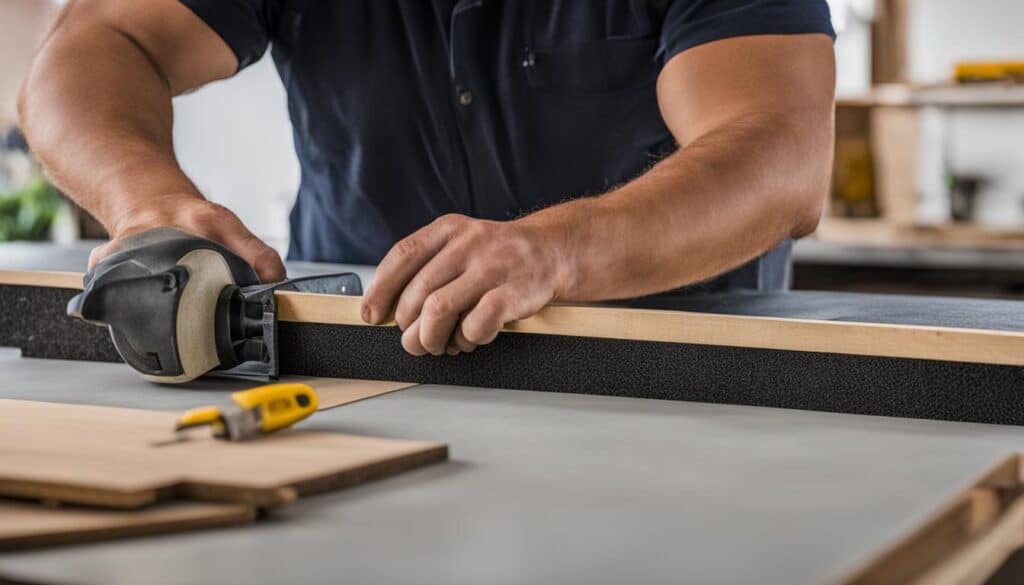
Common Board Characteristics
Common board has several key characteristics that make it a versatile and practical choice for construction and woodworking projects.
Firstly, common board is typically made from softwood, such as pine or fir. This gives it durability and strength, making it suitable for various applications. Softwood is known for its resistance to warping and splitting, ensuring that common board maintains its structural integrity over time.
Secondly, common board is available in various dimensions, including different widths and lengths. This allows for flexibility in project design, as you can choose the right size of common board to suit your specific needs. Whether you are building shelves, cabinets, or furniture, you can easily find common board that fits your requirements.
Additionally, common board can be easily cut, sanded, and painted to suit individual preferences and project requirements. You can customize common board to match your desired finish or style, whether you prefer a natural wood look or a painted surface. This versatility makes common board a popular choice among both professionals and DIY enthusiasts.
In summary, the key characteristics of common board include its durability, availability in various dimensions, and ease of customization. These qualities make common board a reliable and adaptable choice for a wide range of construction and woodworking projects.
Common Board Advantages
Common board offers several advantages that make it a popular choice among builders, contractors, and DIY enthusiasts. One of the main advantages of common board is its affordability, making it a cost-effective option for projects of all sizes. It is also widely available, making it easy to source from local lumberyards or home improvement stores. Common board is versatile and can be used for a variety of purposes, from structural framing to decorative trim.
“Common board’s affordability makes it an attractive option for both professional builders and hobbyists. Its accessibility allows for easy acquisition, saving time and effort in acquiring the necessary materials for your projects. Additionally, the versatility of common board means it can be used in various applications, providing flexibility and creativity in design.”
If you are on a budget or looking for a reliable material that can serve multiple purposes, common board is an excellent choice. Its cost-effectiveness allows you to stretch your project budget further, making it a practical option for both large-scale construction projects and smaller DIY endeavors.
As mentioned, common board is widely available at local lumberyards and home improvement stores. This accessibility ensures that you can easily find the materials you need without having to wait for special orders or deliveries. This convenience is especially beneficial when you need to complete a project quickly or have limited time to spend on sourcing materials.
The versatility of common board is one of its greatest advantages. Whether you need it for structural framing, as a backing material, or for decorative trim, common board can deliver. Its stability and strength make it suitable for load-bearing applications, while its smooth surfaces can easily be painted, stained, or finished according to your desired aesthetic.
To sum it up, the advantages of common board include:
- Affordability
- Accessibility
- Versatility
Now that we’ve explored the advantages of common board, let’s move on to its potential disadvantages in the next section.
| Advantages of Common Board |
|---|
| Affordability |
| Accessibility |
| Versatility |
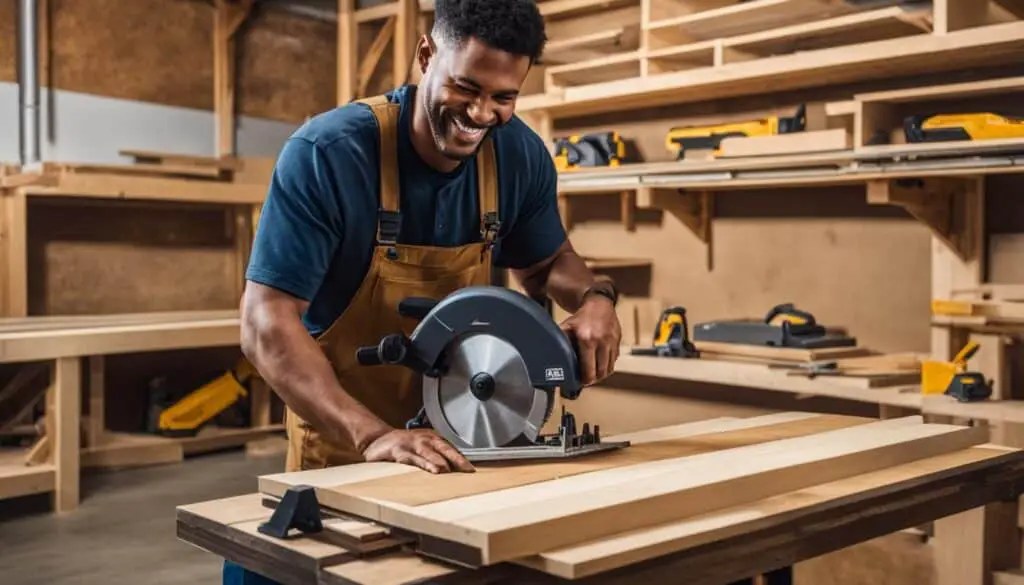
Common Board Disadvantages
While common board offers many advantages, it is important to consider its potential disadvantages as well. Understanding the limitations of common board can help you make informed decisions regarding its use in your construction or woodworking projects.
1. Susceptible to Warping, Splitting, and Shrinking
One of the main disadvantages of common board is that it is prone to warping, splitting, and shrinking. Due to its nature as a softwood material, common board can be sensitive to changes in moisture levels and temperature. Without proper care and maintenance, common board may warp, causing uneven surfaces and potential structural issues. Additionally, it may split or crack over time, which can compromise the integrity of your project. Properly sealing and finishing common board can help reduce these risks.
2. Lack of Aesthetic Appeal Compared to Hardwoods
Another disadvantage of common board is that it may not have the same aesthetic appeal as higher-end wood materials, such as hardwoods. While common board is practical and cost-effective, it may lack the natural beauty and richness that hardwoods offer. If the visual appearance of your project is a top priority, you may want to consider using other wood materials or using common board in combination with hardwoods to achieve the desired aesthetic.
To summarize, while common board is an affordable and versatile choice for construction and woodworking projects, it does have its drawbacks. It is important to weigh these disadvantages against the benefits of affordability and accessibility when deciding whether to use common board in your projects. With proper care and consideration, common board can still be a valuable material option for various applications.
| Disadvantages | Solutions |
|---|---|
| Susceptible to warping, splitting, and shrinking | Proper sealing and finishing |
| Lack of aesthetic appeal compared to hardwoods | Consider using other wood materials or combining with hardwoods |
Common Board Materials
Common board is typically made from softwood, such as pine or fir. These types of wood are known for their affordability and availability, making them ideal for the production of common board. Softwoods have different characteristics and densities compared to hardwoods, which can affect their durability and strength. It is important to choose the appropriate common board material based on the specific needs and requirements of the project.
Softwoods like pine and fir are popular choices for common board production due to their widespread availability and cost-effectiveness. These materials offer a balance of strength and flexibility, making them suitable for various construction and woodworking applications.
| Material | Density | Strength | Applications |
|---|---|---|---|
| Pine | Medium | Good | Framing, trim, paneling |
| Fir | Medium | Good | Cabinets, furniture, shelving |
Both pine and fir common boards offer reliable performance in various projects. Pine, with its slightly lower density, is often preferred for decorative applications like trim and paneling. Fir, on the other hand, is known for its strength and is commonly used in structural elements like cabinets and furniture.
When selecting a common board material, consider the specific needs of your project. If you require a strong and durable option for load-bearing structures, fir may be the preferred choice. For non-structural applications that prioritize aesthetics, pine could be a suitable option.
In conclusion, understanding the available common board materials and their characteristics is essential for making informed decisions in construction and woodworking projects. By selecting the right material based on your project requirements, you can ensure optimal performance and achieve the desired results.
Common Board Examples
Common board is a versatile wood material that can be used in a wide range of projects, both large and small. Here are some common examples of projects that can be built with common board:
- Shelving Units: Common board is often used to create sturdy and practical shelving units. Whether you need storage for books, decorative items, or pantry supplies, common board can be cut to size and easily assembled to fit your needs.
- Workbenches: If you need a sturdy and durable work surface for your DIY projects, common board is a great choice. You can use it to build a workbench with a solid top and sturdy legs, providing you with a reliable workspace for all your projects.
- Picnic Tables: Common board is often used to construct picnic tables for outdoor gatherings. Its affordability and durability make it an excellent option for creating a comfortable and functional seating area for picnics, barbecues, and other outdoor activities.
- Garden Planters: Common board can be used to build garden planters of various sizes and shapes. Whether you want to grow flowers, herbs, or vegetables, common board is a cost-effective material that can withstand outdoor conditions while providing a visually appealing container for your plants.
- Simple Furniture: From side tables to bookcases, common board can be used to create a variety of simple furniture pieces. Its versatility allows you to customize the design and dimensions to suit your space and style preferences.
- Toy Storage: Common board is often used to build toy storage solutions, such as cubbies or shelves. Its affordability and ease of use make it an ideal material for creating functional and organized spaces for children’s toys.
- DIY Projects: Common board is a go-to material for many DIY projects. It can be used to create anything from floating shelves and picture frames to decorative wall panels and headboards. The possibilities are endless!
These are just a few examples of the countless projects that can be built using common board. Its affordability, versatility, and ease of use make it a popular choice for both beginners and experienced DIY enthusiasts.
Conclusion
In conclusion, common board is a versatile and affordable type of wood material that is commonly used in construction and woodworking projects. Made from softwood such as pine or fir, common board finds wide-ranging applications in structural framing, trim, paneling, and furniture.
One of the main advantages of common board is its affordability and widespread availability, making it a practical choice for professionals and DIY enthusiasts alike. It can be easily sourced from local lumberyards or home improvement stores, saving both time and money.
However, it is important to consider the potential disadvantages of common board. The material is susceptible to warping, splitting, and shrinking. Proper care and maintenance are crucial to ensure its longevity and performance. Additionally, common board may lack the aesthetic appeal of higher-end wood materials like hardwoods.
Despite these drawbacks, when properly used and maintained, common board offers a cost-effective solution for a wide range of projects, from building structures to adding finishing touches. With its versatility and affordability, common board continues to be a popular choice for construction and woodworking tasks in the United States and beyond.
FAQ
What is common board?
Common board is a type of wood material that is commonly used in construction and woodworking projects. It is typically made from softwood, such as pine or fir.
What is the definition of common board?
Common board refers to a type of wood material that is commonly available and affordable. It is used for various construction and woodworking projects.
What are the uses of common board?
Common board can be used for structural purposes, such as framing walls and floors, as well as for non-structural purposes like trim, paneling, and shelving. It is also commonly used to build cabinets, furniture, and other wooden items.
What are the characteristics of common board?
Common board is typically made from softwood, which gives it durability and strength. It is available in various dimensions, allowing for flexibility in project design. It can be easily cut, sanded, and painted to suit individual preferences.
What are the advantages of common board?
The main advantages of common board are its affordability and availability. It is a cost-effective option for projects of all sizes and can be easily sourced from local lumberyards or home improvement stores. It is also versatile and can be used for various purposes.
What are the disadvantages of common board?
Common board is susceptible to warping, splitting, and shrinking. It may not have the same aesthetic appeal as higher-end wood materials. Proper care and maintenance are required to ensure its longevity.
What materials are commonly used to make common board?
Common board is typically made from softwood, such as pine or fir. These types of wood are known for their affordability and availability.
Can you provide examples of projects that can be built with common board?
Common board can be used to build cabinets, shelves, furniture, walls, floors, trim, paneling, and more.


